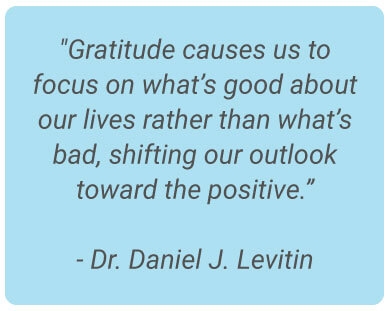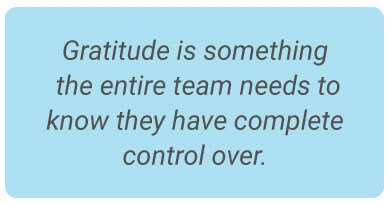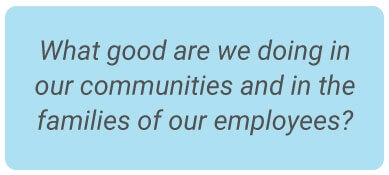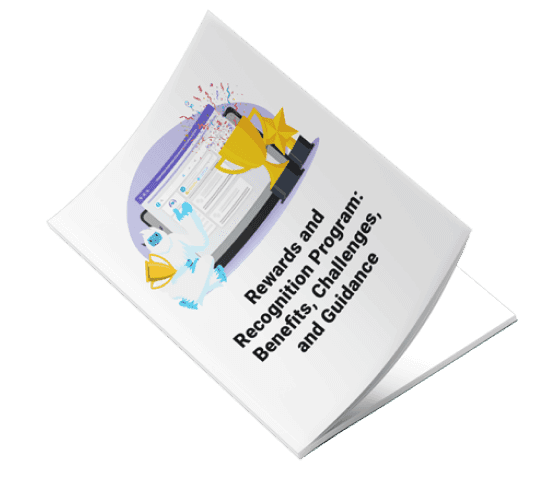
Extreme Appreciation
March 15, 2022
|
Scott Johnson
What does this look like from the inside?
How did we get here?

Where to start and how to succeed?

What’s the halo effect?

About the Author

Scott Johnson is recognized as a technology leader and entrepreneur who has spent his career focused on making people’s time at work count for something more. As Founder and Chairman of Workfront, Scott has helped knowledge workers around the world be more productive. As Founder of Motivosity, Scott is helping people be happier about being at work.Scott is passionate about leveraging technology in social ways to ultimately help people be more effective and get more value out of life. When he’s not stuck behind a computer screen, you can find Scott trying to live up to his personal motto of ‘Stay Young’.
Learn More
Learn More






